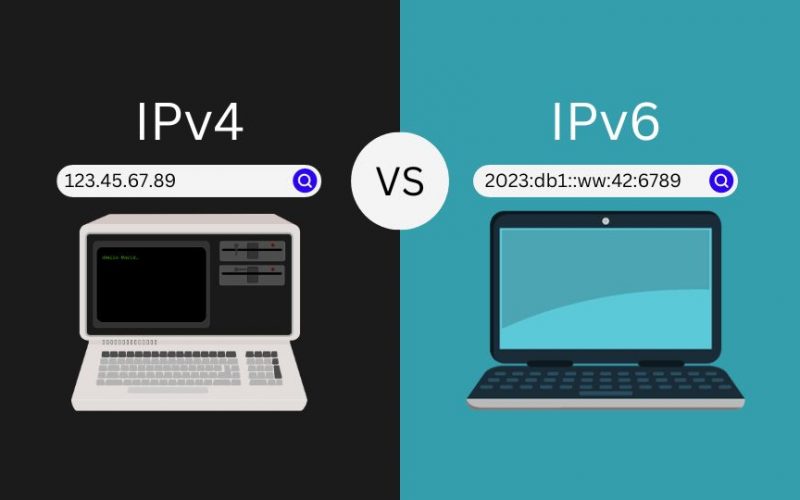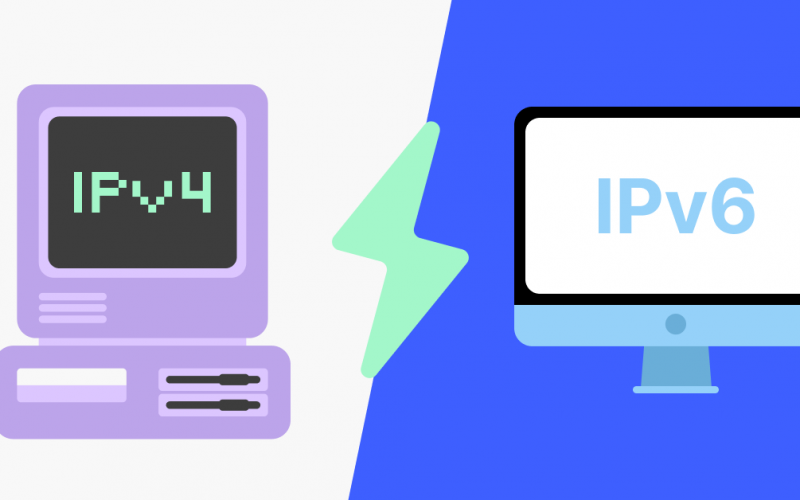16
Nov
Scaling successful campaigns and optimizing budgets on Facebook can be a powerful strategy to reach a wider audience and maximize your return on investment Define clear campaign objectives: Clearly define your campaign objectives, whether it's increasing brand awareness, driving website traffic, generating leads, or driving conversions. This clarity will help you align your strategies and measure success accurately. Analyze campaign performance: Analyze the performance of your existing Facebook campaigns using Facebook Ads Manager. Look at key metrics like click-through rates (CTR), conversion rates, cost per acquisition (CPA), and return on ad spend (ROAS). Identify the campaigns that are performing well…









